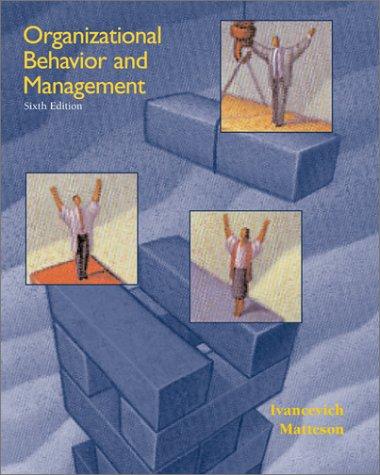Question
1) Earlier, we identified the 1973 OPEC oil embargo as a classical example of an adverse supply shock. For data, go to http://fred.stlouisfed.org Type CPIENGNS,
1) Earlier, we identified the 1973 OPEC oil embargo as a classical example of an adverse supply shock. For data, go to http://fred.stlouisfed.org
Type "CPIENGNS", then search > Click "Consumer Price Index for All Urban Consumers: Energy in U.S. City Average" > Download, choose "PDF(graph)"
the graph that is shown on the page should be from 1957 to the current year, with recession years shaded. Besides the date 1973 given in the textbook, can you identify on the graph other probable dates when supply shocks (oil shocks) took place? Give an example.
2) A) In Section 5.1 of this chapter we stated that changes in potential GDp do not depend on the price level, or in other words, "potential GDp is exogenous with respect to the price level." the goal of this exercise is to give you a chance to convince yourself that this is the case. a. For data, go to http://fred.stlouisfed.org
Type "GDPPOT", then search for potential real GDP
Type "GDPDEF", then search for GDP implicit price deflator You will need to take the average of the four quarters of each year to get the annual average. (Hint: Use the average command in excel.)
B) Calculate the annual growth rate of potential rGDp and the annual inflation rate from the GDp deflator. Make a scatterplot that has the growth rate of potential GDp on the Y axis and the annual inflation rate in the GDp deflator on the X axis. Can you visually identify any relationship between the two variables?
Step by Step Solution
There are 3 Steps involved in it
Step: 1

Get Instant Access to Expert-Tailored Solutions
See step-by-step solutions with expert insights and AI powered tools for academic success
Step: 2

Step: 3

Ace Your Homework with AI
Get the answers you need in no time with our AI-driven, step-by-step assistance
Get Started


